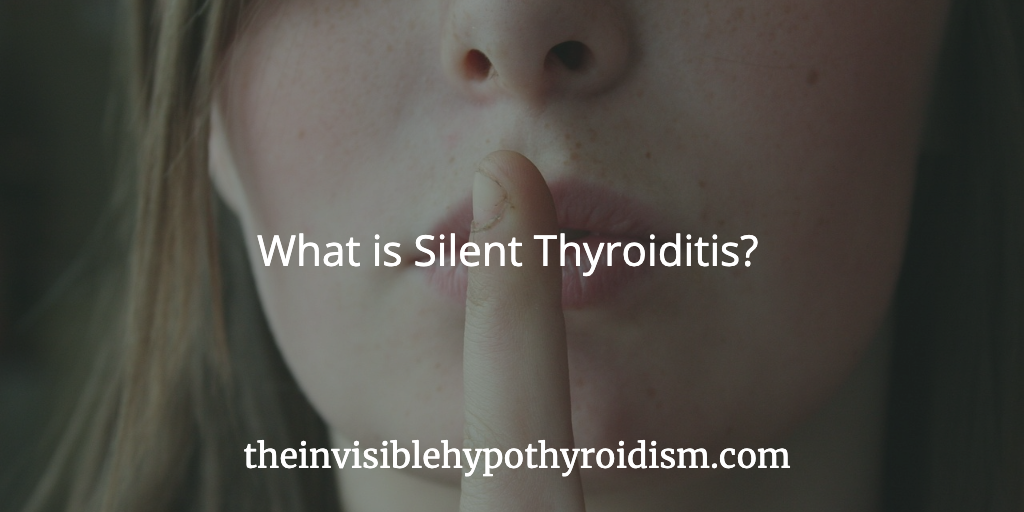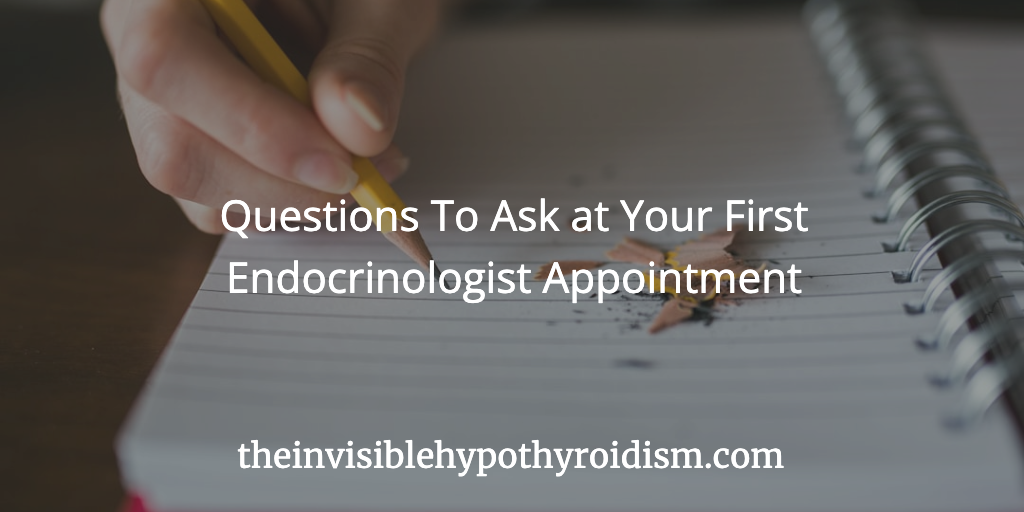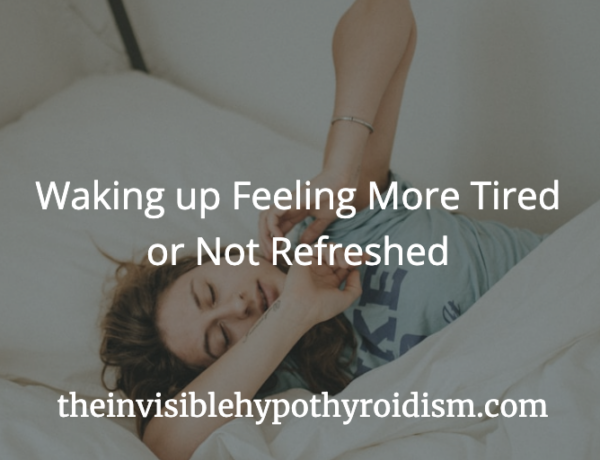Silent thyroiditis is a form of inflammation of the thyroid gland, which is located in the neck. It is often a short-term condition but can be worrying to experience.
Signs include symptoms of a thyroid issue and thyroid blood test results that indicate swinging between both hypothyroidism and hyperthyroidism.
The term ‘silent’ refers to the absence of tenderness of the thyroid gland, in contrast with subacute thyroiditis, which usually causes tenderness or pain.
Whereas the autoimmune thyroid disease Hashimoto’s Thyroiditis can reportedly cause thyroid hormone levels to move up and down and even swing between hypo and hyperthyroidism, Silent Thyroiditis is usually short-lived, compared to the lifelong condition of Hashimoto’s.
Those with silent thyroiditis typically experience a stage of thyrotoxicosis (excessive thyroid hormone – hyperthyroidism) for a brief period of one to three months, before a longer hypothyroid phase, which usually lasts around six months. Thyroid gland enlargement is also a common symptom.
Signs of being in the Hyperthyroid state can include:
- Increased sweating
- Anxiety
- Oversentivity to heat
- Palpitations
- Diarrhoea
- Increased appetite
- Weight loss
- Dry, thin skin
- Hair loss
- Shakiness/ or trembling
- Fatigue
- Change in sex drive
- Larger eyes
- Mood changes
- Nervousness
- Insomnia
- Dry or gritty eyes
- Double vision
- Weak, less defined muscles
- Aches and pains
- Changes to menstrual cycle
- Infertility or problems conceiving
- Osteoporosis
Signs of being in the Hypothyroid state can include:
- Fatigue
- Sensitivity to cold/heat
- Weight gain, inability to lose weight
- Constipation/wind often
- Depression
- Slow movements, speech and thoughts
- Itchy and/or sore scalp
- Muscle cramps, aches, pains and weakness
- Poor appetite
- Dry and tight feeling skin
- Brittle hair and nails
- Loss of libido
- Period issues
- Brain fog/confusion/memory problems
- Hoarse voice
- A puffy-looking face
- Thinned or partly missing eyebrows or eyelashes
- A slow heart rate or one that increases more so than a healthy person’s, after physical activity (e.g. after walking up the stairs or emptying the washing machine)
- Anaemia or other vitamin deficiencies
- Poor stamina
- The need to nap more than others
- Long recovery period after any activity
- Inability to exercise, or withstand certain exercises
- Diagnosis of Chronic Fatigue Syndrome
- High or rising cholesterol
- Acid reflux
- Hair loss
- Easy bruising
- Swollen legs that impede walking
- Shin splints
- Difficulty standing on feet
- Joint stiffness and pain
- Fertility issues
What Causes Silent Thyroiditis?
The cause is usually unknown, however, it is suggested that silent thyroiditis could be an autoimmune disease in its own right.
Being female puts you at a higher risk (which is the case with all thyroid disorders) as well as pregnancy and postpartum. In fact, silent thyroiditis seems to occur in about 5-10% of postpartum women.
Diagnosis of Silent Thyroiditis
Blood tests checking the full thyroid panel (TSH, Free T3, Free T4, Tpoab, Tgab) as well as radioactive iodine uptake, erythrocyte sedimentation rate and C-reactive protein may be tested. A doctor will typically also perform an examination of the thyroid gland, may request further tests, scans or refer you to a specialist.
Looking Forward
People often return to normal thyroid function with normal tests results. However, during their time experiencing hypothyroidism or hyperthyroidism, their doctor may wish to try medication or treatments for these. This condition often resolves after a year or so, but ongoing thyroid issues such as hypothyroidism may persist. Regular check ups with your doctor may be recommended so as to monitor your thyroid function going forward.
Had you heard of Silent Thyroiditis before now? Let me know in the comments below.
You can click on the hyperlinks in the above post to learn more and see references to information given.





